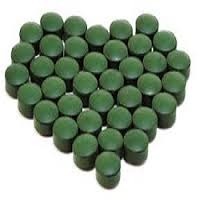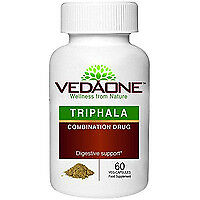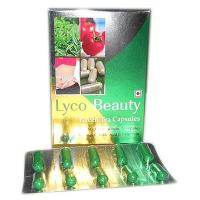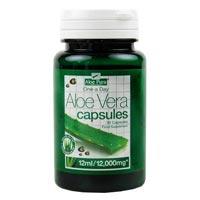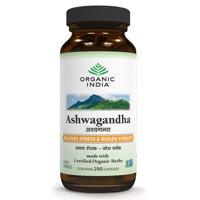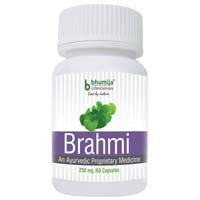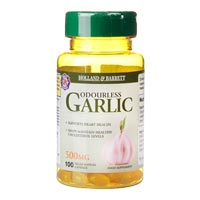Listing ID #3811140
Company Information
Ask for more detail from the seller
Contact SupplierDetails :
How does it work?
Blue-green algae have a high protein, iron, and other mineral content which is absorbed when taken orally. Blue-green algae are being researched for their potential effects on the immune system, swelling (inflammation), and viral infections.
Uses & Effectiveness?
Insufficient Evidence for :


